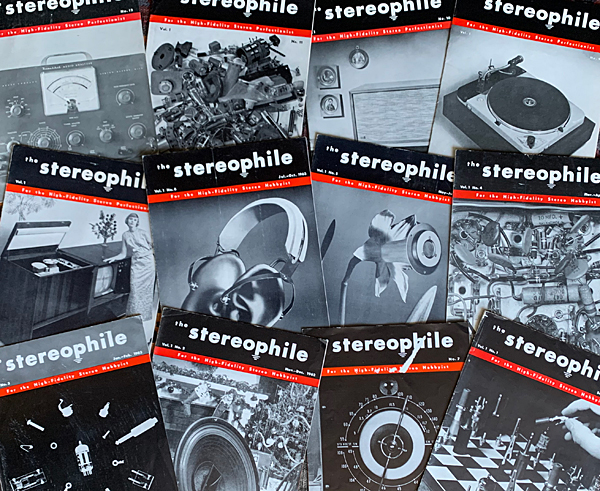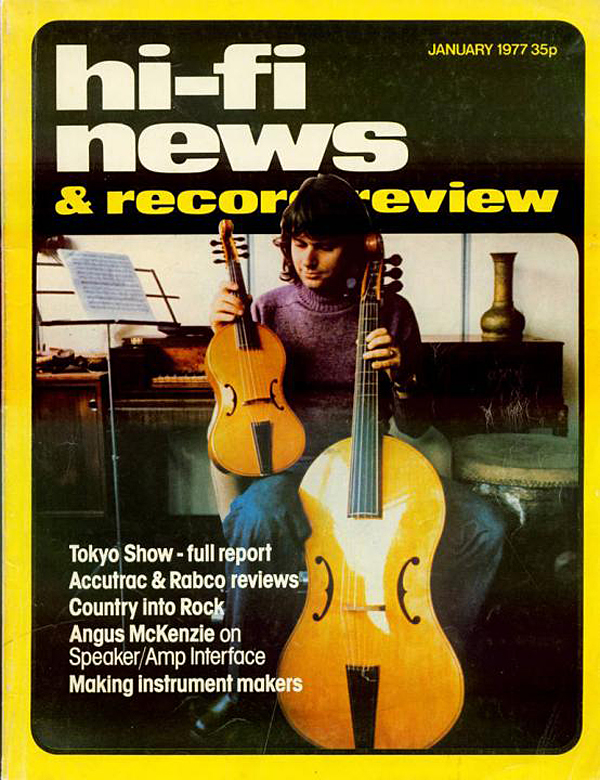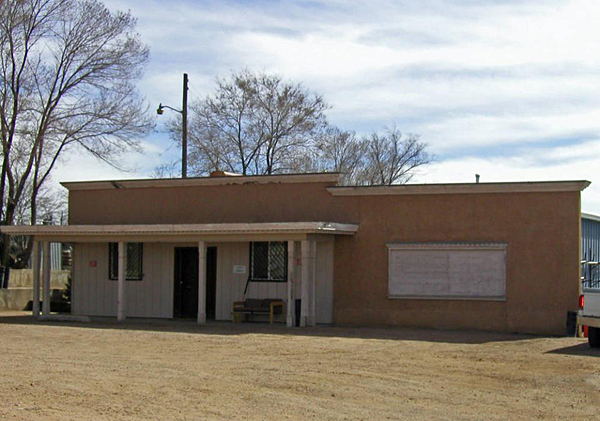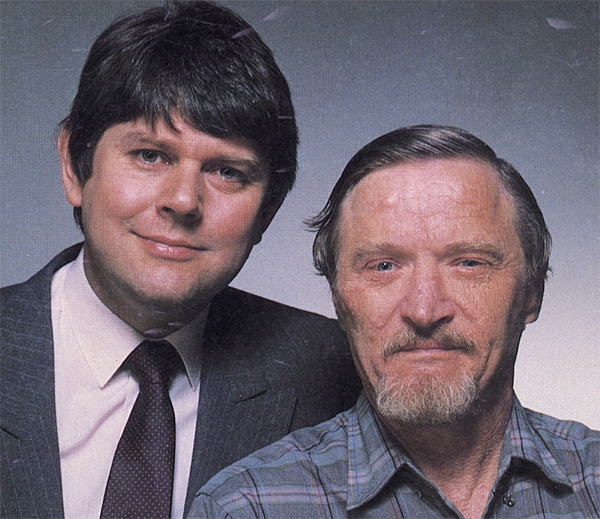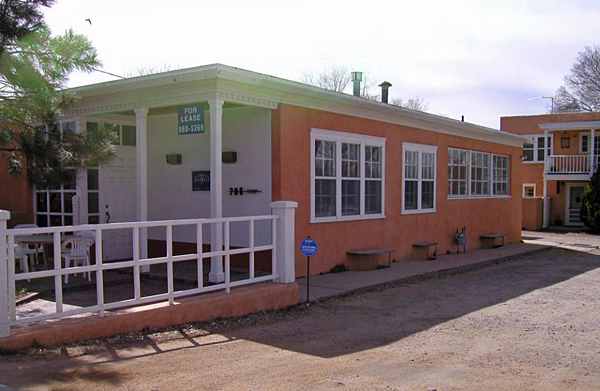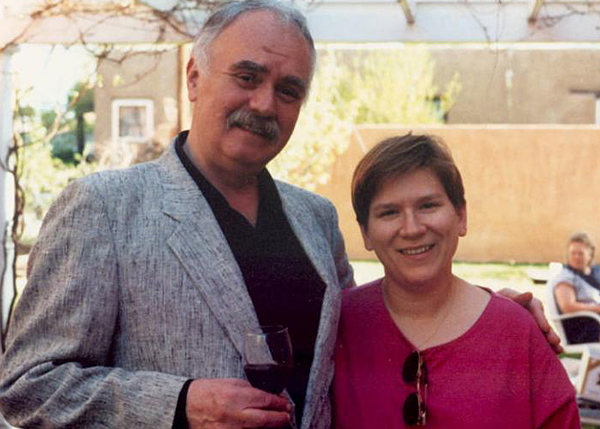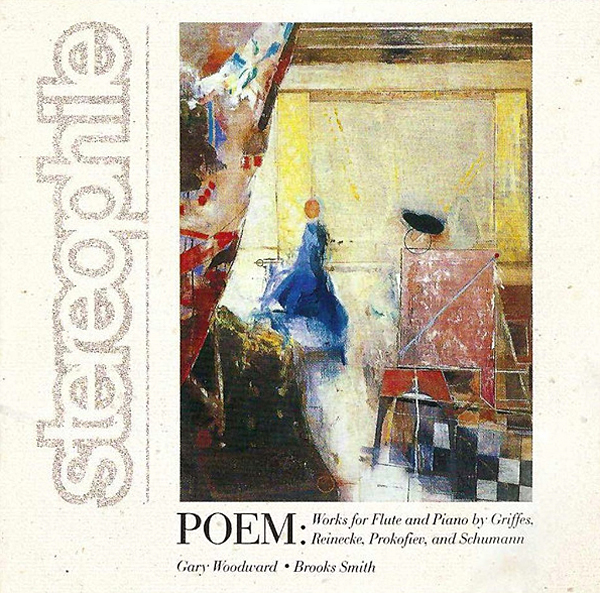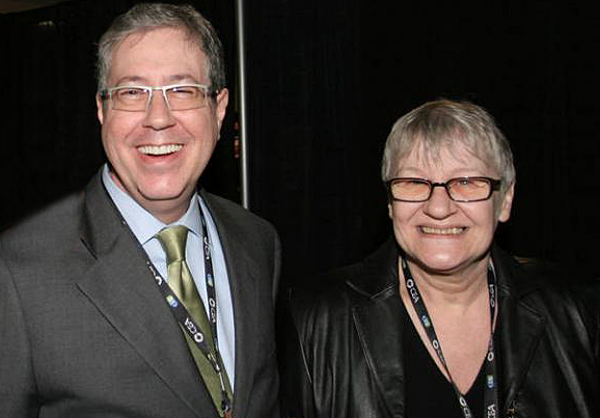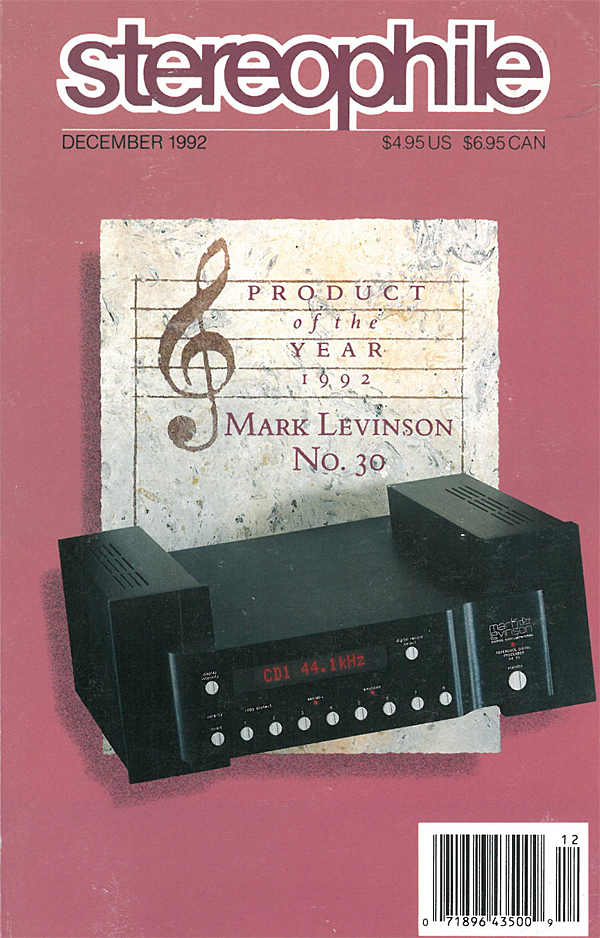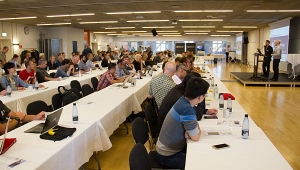| Columns Retired Columns & Blogs |
In general, the hobby seems to have contracted from the halcyon days of peak Hi Fi.
It seems we are somewhat fewer, but we make up for that with higher prices.
It's hard to imagine the work required to retain us codgers while simultaneously trying too reach younger demographics for Stereophile.
I saw a show report about the Hi Fi Show in Poland that mentioned more women, couple, young people, and families being a more frequent occurrence there. I wonder what Poland's biggest Hi Fi publication is and how audiophile recruitment is done there.
Such fascinating changes over time.
I'm starting to think that it will be the used market that keeps interest in Hi Fi afloat. The younger audiophiles in my local club are true seekers on 'new to them' vintage and used gear. It certainly mitigates the price creep we have seen with "high end" audio.
___
Related note: Wes Phillips was the bomb. Art Dudley was also the bomb - I am sad they are gone, but gleeful to have known their work.
___
Other related note: I love Stereophile as much today as I did when I first discovered it.

